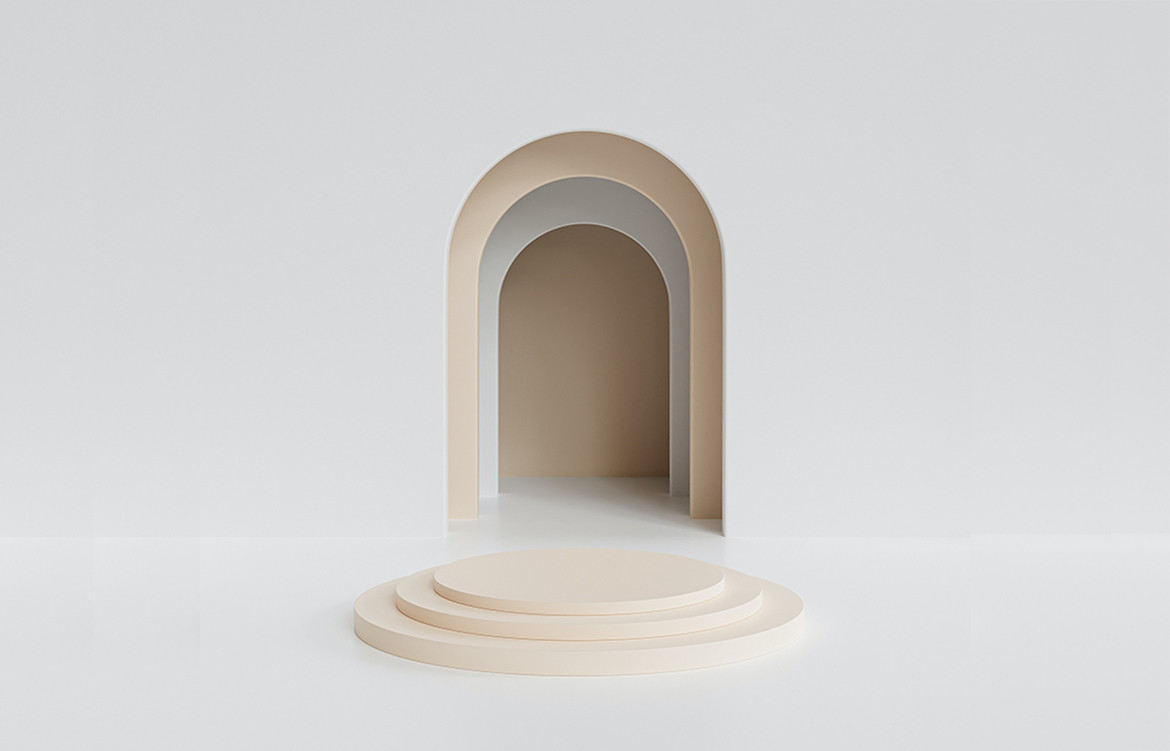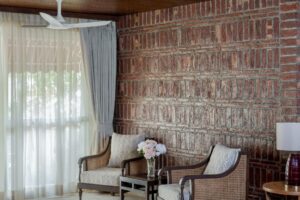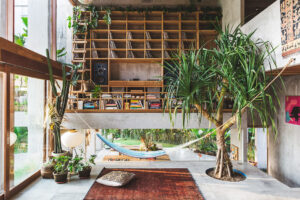In recent years, Australian architecture has seen arches of many forms, shapes and materials appear in such abundance that, it could be argued it is rare to see a competition, alternative proposal or even university graduation exhibition without the arch appearing. While arches may be considered aesthetically pleasing, the problem is that there are many cases where they are simply being used decoratively or as an ornament. In cases where they are used as a feature only, these arches are there to provide beauty to a design without considering the context we live in, or of the end user’s needs.
A possible result of this application is that we are creating a built environment that lacks an identity or sense of place. As Robin Boyd outlined in his book The Australian Ugliness, “when beauty is the sole motivation in design, it has a tendency to die at the moment of birth.” Architecture that is purely aesthetic and dismisses the role of placemaking provides little opportunity to create architectural discourse, just as Boyd suggested.
But what can architects do? The advent of the digital age and the internet enables architects and clients to have access to international architecture at their fingertips. Social media has significantly shortened the attention span of the masses and it is a slippery slope we tread before we are distilling the success of our built forms down to blog features or Instagram likes. This leads to a client and user base who come equipped with preconceived notions of what is popular and a prescribed aesthetic they are after, which ultimately shapes the brief architects are being asked to design.
Before the age of architectural ornament and applied decorations, human civilization thrived through its use of classical style building techniques, and these were responsive to the natural environment. Through a deep understanding of the natural environment, each culture developed its own characteristics, which gave them its own sense of place. This sense of place connected cultures to the environment in which they lived, the people they collaborate with and informed the way they related to each other. A successful built environment is informed by a sense of belonging that involves its community. Architecture intervenes, maps, signifies and constructs identities. We as a profession have an important role in promoting and restoring cultural identities.
The time of making excuses for these architectural atrocities is in the past. We don’t need arches or other applied ornaments to make ourselves relevant. Not only does the modern spirit demand that an object be practical – the environment is crying out for it. The architect must not lie in relation to materiality. In his essay titled The Old and New Direction in Architecture (included in the book Ornament and Crime), Adolf Loos’ discusses the idea of an “uber-architect”, a “great spirit able to free architecture from alien ingredients and give us back the pure, classical style of building.”
If you closed your eyes and randomly pin-dropped a person somewhere into the Australian Landscape, they would quickly understand through the shapes, form and smells they experienced that they are within a unique (Australian) landscape. What if we could create an architecture that was just as distinctive? Perhaps, through a greater understanding of the cultures and knowledge of the Traditional Owners of this land, we can work towards a better understanding of how we might connect with the environment to create something uniquely Australian. One that utilises local materials and forms that relate to the land and are proudly embedded with genuine cultural meaning.
This article is not intended to be anti-arch – it is simply intended to remind us to be bold! To not be ashamed of who we are or what our local materials might offer, to promote and explore traditional and classical techniques and propose considered design that celebrates materials for what they are. Wherever we can, we should look to advance genuine architectural technique and form rather than see them degraded into little more than applied ornamental elements.
Modernists fought hard to avoid imitation in architecture. They would be ashamed of us if architecture was reduced to getting the maximum number of likes on social media, instead of fighting for social and cultural advancement. Whoever unthinkingly applies arches to their buildings simply to follow fashion is committing a crime against society. Like Adolf Loos, let us all dislike the fake, gassy and overtly lavish decoration – because we just can’t afford unnecessary featurism anymore.
What do you think? Share your thoughts with us at editorialteam@indesign.com.au






